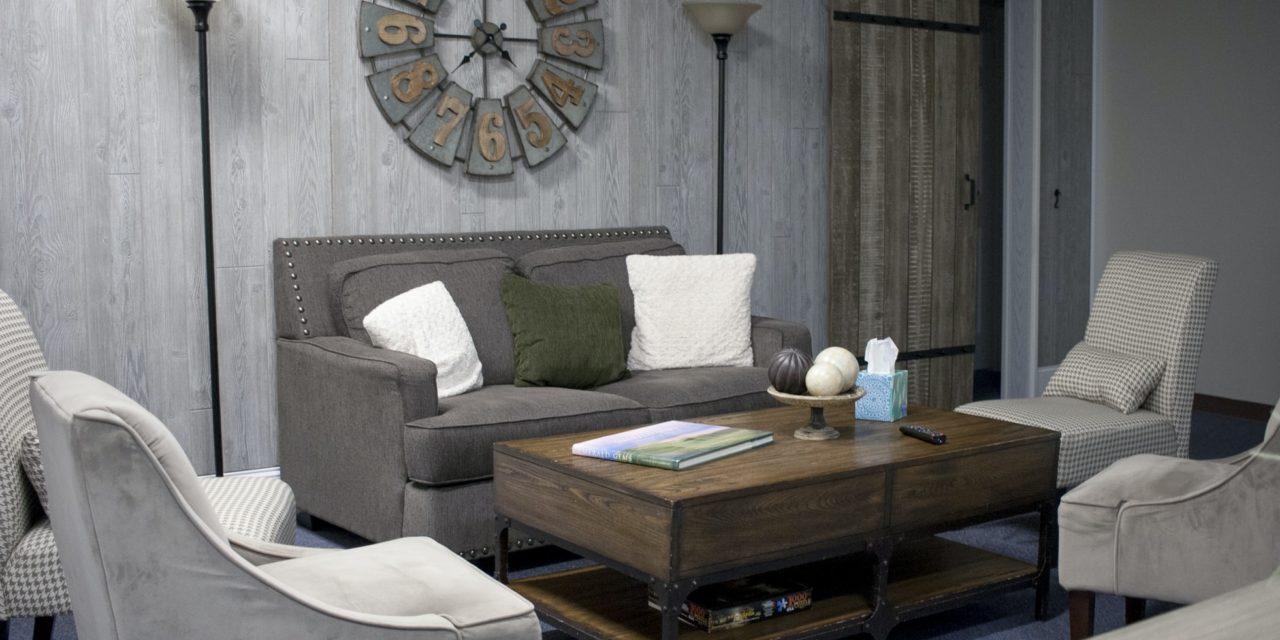[ad_1]
You must have already encountered the following problem: when choosing your furniture it is important to know what modern coffee table, end table, accent table or any other is made of.
Most likely you will receive this information from a seller. What is more important is to find out what the advantages and disadvantages of a particular material or processing technology. That information probably could not be available from the retailer at a first glance. Moreover they won't be happy to tell you about negative points and characteristics of a material.
Let's try to sort out the differences, advantages and disadvantages of materials that are widely used in modern occasional furniture manufacturing.
Fiberboard
Fiberboard is a board, manufactured by the process of hot pressing of wood fiber mass formed in the form of a carpet. These fibers are produced by steaming and grinding wood. These can be isolated tissue cells, their fragments or cells of the wood.
The raw materials for the fiberboard are lumber and wood processing wastes, pulp chips and firewood. To improve the performance properties of the mass, some reinforcing agents (e.g., synthetic resin), repellents (paraffin wax, ceresin), antiseptics, etc are added. The formation of the carpet can be carried out under water to obtain a one-smooth-sided boards (wet process), or in the open air to get a slab-sided smoothness (dry process).
Chipboard
Oh, who among us does not know the chipboard! Who has not said disappointed, “Well, it is cheeeepboard… ” But let us stick to the point.
Chipboard is made from sawdust and wood shavings impregnated with a binder – namely formaldehyde resins. It is the most common material for modern occasional furniture (but, of course, not limited to), interior decoration, construction (roof, walls, etc.).
MDF
MDF stands for Medium Density Fiberboard. Development of MDF was the result of improved technology used in the manufacturing of fiberboard. Features of MDF production technology are that this material is made from dried wood fibers treated with binders and formed into a slab followed by hot pressing it.
Production technology eliminates the use of harmful epoxy resins and phenol. It should be noted that the main connecting element is lignin, which is released by heated wood. Thus, the ecological purity of MDF is achieved by the fact that the main binder is not synthetic but pure natural material.
PROS AND CONS
Each of these materials has its own purpose. Let us consider the pros and cons of each.
Fiberboard
Fiberboard is very resistant to different extremes of humidity. The back sides of the majority of cabinets, drawer bottoms are usually made of fiberboard. In the most expensive furniture plywood is used instead of fiberboard but its performance is slightly better.
- Plus: low price with high durability.
- Minus: a small range of use.
Chipboard
- Advantages: water resistance, durability, ease of processing. Chipboard perfectly “holds” nails and screws fastening the furniture frame. Chipboard is easy when using machinery (sawing, planning, drilling, milling), easily glued and painted. Another advantage of chipboard is its low price. That is why chipboard is the most widely used material for economy class furniture. Most of the office furniture is made of chipboard.
Some physical and mechanical features of chipboard are higher than natural wood. In particular, they are less swell from moisture, less flammable, do not warp with little moisture changes, has good heat and sound isolation properties; more bioresistant, etc.
- Disadvantages: the presence of the formaldehyde resins that hold the pieces of wood. The problem is that chipboard spreads out into the air a certain amount of formaldehyde – not one the most useful product, to tell the truth. But nevertheless it's all not so scary. There are two types of chipboard: E1 and E2. E1 characterized by greater environmental friendliness, the rate of formaldehyde emission of it is much lower. But E2 is prohibited to use in manufacturing children's furniture. Keep it in mind. Chipboards made in Austria and Germany are considered to be the greenest.
Chipboard is a very hard material that does not allows fine processing (deep milling, all kinds of curly details, etc.)
MDF
- Pros: This type of particle board is highly environmentally friendly and has an excellent compact characteristics, as well as consistency of geometrical dimensions and shapes for a long period of time.
The strongest point is extremely favorable balance between hardness and thickness: sheets of MDF can be from 4 to 22 mm. The surface of MDF is flat, smooth, uniform, dense, and all this makes the external processing extremely simple.
Using this material in modern coffee tables (or any other piece of occasional furniture) manufacturing allows the latter to acquire surface hardness and impact resistance.
This material is broadly used for the manufacture of laminated and glossy lacquered coffee tables, as well as for making frames and legs for glass end and accent tables. Covered with wood veneer MDF boards are used in many modern occasional tables with wooden surface.
- Cons: very often if the surface of MDF occasional table is damaged somehow it is more complicated to restore it in comparison with solid wood.
So, now you are a bit more educated and ready to make the right decision when buying modern occasional tables.
[ad_2]
Source by Andrei Liaskovich


